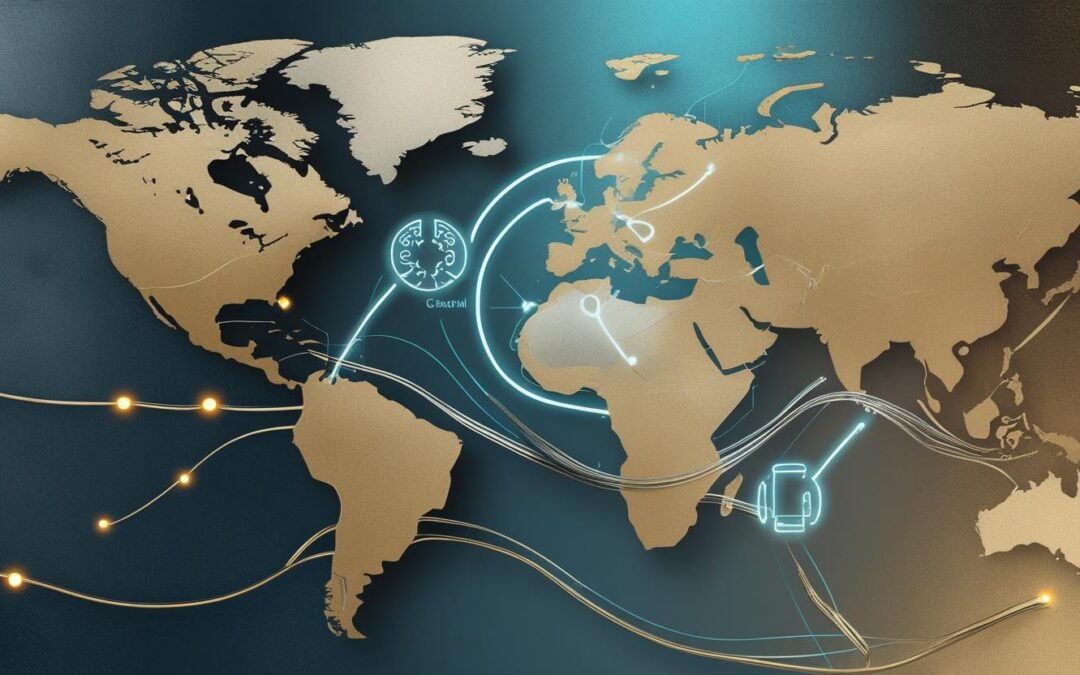I once read a story called The Step Counter. It was about a spy who mapped parts of China while traveling the Silk Road in a caravan. His method was deceptively simple: he counted his steps.
He had trained to walk with even strides, so each step became a measure of distance. A compass told him the direction. At night, he recorded his notes by the fire. He boiled water and counted the seconds until it bubbled, estimating the altitude. Piece by piece, step by step, he built a map of unknown lands.
He was the scout — the one who ventured into faraway lands, carefully mapping the terrain through observation and measurement. The scout creates the map, laying down structure where none existed before.
Once someone walks certain path enough times, he can become a guide. The guide is the one who understands the terrain, its surprises and challenges firsthand. The guide uses the map, but is also able to read the signs, the change in the wind that can bring a storm, the time of the year when the marked river changes course.
That’s a lot like what I do with Semantic Search Optimization. I am sometimes the scout, exploring new digital frontiers, counting steps through semantic search landscapes, measuring changes in user intent and search algorithms. Other times, I’m the guide, helping clients navigate with confidence, balancing the map’s clarity with the terrain’s fluid reality.
The map and the terrain are not the same; we always need to remember that and not get too attached. But like a yin-yang symbol, they become inextricably connected when we want to walk new territory.
A map is structure—the yang: clear lines, boundaries, and directions. The terrain, on the other hand, is the yin: shifting sands, sudden turns, unexpected beauty, and challenges we can’t predict.
But there’s more than one layer to this map. In Semantic Search Optimization, the “map” itself is made up of multiple layers of topography. The foundational landmarks, like NAP (Name, Address, Phone), trusted pages, and authority signals, form the basic structure that search engines recognize and trust. These elements act like clear markers and boundaries on the map, guiding the way.
Beneath these lie deeper layers of meaning: the semantic analysis of content, where completeness of message, contextual relevance, and nuanced signals are studied to truly understand the terrain of user intent and search behavior. Like the guide who reads the subtle signs in the environment—the wind’s direction, the plants, the tracks—an SEO expert must interpret these signals to add texture and depth to the map.
When venturing into new lands, we need both. Without the structural map, we risk losing direction amid complexity. Without understanding the terrain’s texture, the map is incomplete—a flat guide in a three-dimensional world.
The art is knowing how to use the map to give us structure while keeping the fluidity so real messages for real people come through. That paradoxical balance—between content and structure, yin and yang, is where the real magic happens.
Get the AI SEO Starter Kit, a map into the Semantic SEO world.

